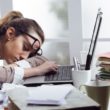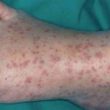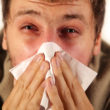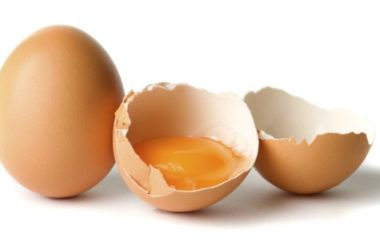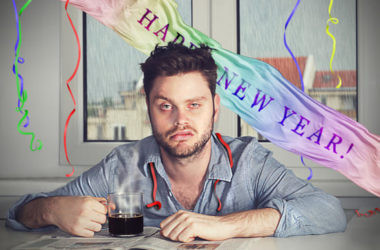Scoliosis is a condition characterized by an abnormal curvature of the spine towards one side. This spinal deformity can either be levoscoliosis or dextroscoliosis, depending on the direction towards which the spine curves. This article will focus on the former, which is the leftward curvature of the spine.
The signs and symptoms of levoscolisis are basically similar to the symptoms of scoliosis regardless of the curvature’s direction. What makes this one a cause of concern is the fact that the spine leans towards the left side where the heart is located. Because of this, there’s a huge possibility for the individual suffering from levoscoliosis to end up with health problems associated with to the heart most especially as the condition progresses.
Causes of Levoscoliosis
There are many different probable causes of levoscoliosis. A predisposing factor for it is poor posture. However, there are instances wherein the person with the condition is born with the bones of the spine formed abnormally.
Degenerative conditions affecting the spine are other causes of levoscoliosis. It’s not uncommon for this condition to strike during puberty, a time when there are hormonal changes or imbalances which can cause the spine to grow much faster than the surrounding muscles, thus the spine fails to get the proper support it requires.
Speaking of support, any condition that affects the muscles putting the spine in its proper position or alignment may bring about levoscoliosis. Some examples are muscular dystrophy and cerebral palsy.
Signs and Symptoms of Levoscoliosis
As earlier mentioned, levoscoliosis shares pretty much the same signs and symptoms with general scoliosis. Someone who is suffering from this condition has a figure that seems to lean on one side, in particular towards the left. The shoulders are not even and one leg may appear to be shorter than the other. It’s not unlikely for the left shoulder blade to protrude. What’s more, the person’s ribcage may appear deformed.
Intense back pain is definitely one of the usual symptoms of levoscoliosis. This pain may go on for several months. In case it weakens, the afflicted individual may end up exhibiting postural changes.
Levoscoliosis Complications
If left untreated, it’s not unlikely for the person with levoscoliosis to suffer from chronic back pain. As the condition worsens, it can cause more noticeable changes in the physical appearance of the afflicted person.
As earlier stated, levoscoliosis is a cause of concern due to the fact that the spine is leaning towards the direction of the heart. This can lead to problems associated with the heart as it receives unnecessary pressure from the curved spine. Additionally, levoscoliosis may also have an impact on the proper functioning of the lungs.
Available Treatments for Levoscoliosis
Treatments appropriate for levoscoliosis are usually based on the curvature’s degree, likelihood of the curvature to progress, intensity of the symptoms and a few other factors. Unless there is pain involved, cases of levoscoliosis whose curvature of the spine is less than 20 degrees generally require no medical treatment. For spinal curvature that’s over 40 degrees, surgery may be warranted most especially if there’s intense pain involved.
Alternative treatments for levoscoliosis come aplenty. Bracing and casting are solutions that aim to prevent the progression of the spine’s abnormal curvature. To help reduce the symptoms, in particular the pain experienced by the sufferer, electrical stimulation of the nerves and muscles may be conducted. This solution is often paired with physical therapy.
Speaking of which, physical therapy for levoscoliosis involves active and passive exercises to help strengthen the muscles most especially those that are found on the weakened side of the body. At home, the person suffering from levoscoliosis may perform a couple of exercises that may help in relieving the pain, such as alternating flexion of the shoulders and extension of the hip while in a lying position.
Yoga and back massages may be effective against some of the symptoms of levoscoliosis. Biofeedback as well as chiropractic manipulation may work wonders for some sufferers.




